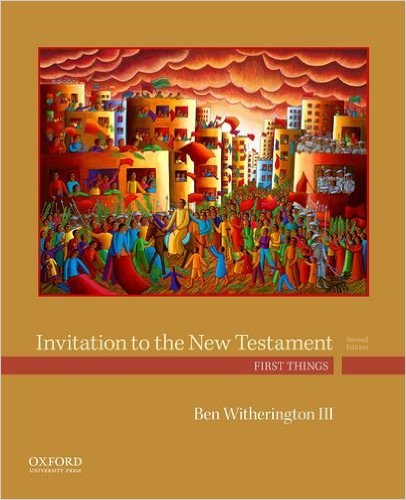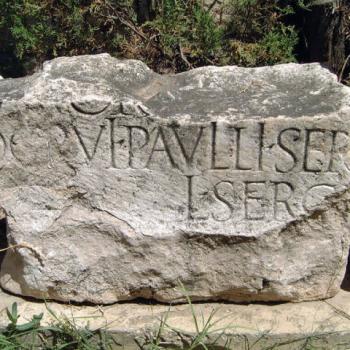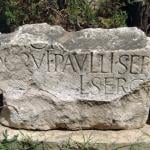In the most recent issue of the JBL Journal (vol. 136. no 2, pp. 381-303) Armin D. Baum offers us an article entitled “Content and Form: Authorship Attribution and Pseudonymity in Ancient Speeches, Letters, Lectures, and Translations–a Rejoinder to Bart Ehrman”. The article is in general agreement with Ehrman (as I am) that there was no such things as ‘harmless’ pseudepigraphy, that is a using of someone else’s name without an attempt to deceive some audience. There are exceptions to this rule, for example the use of the names of ancient patriarchs (see the Testament of the Twelve Patriarchs), particularly in apocalyptic literature to provide commentary on more contemporary history. Richard Bauckham has written a good deal on this subject, beginning many years ago in his landmark 2 Peter commentary. Bart’s main point however is that the use of the name of a famous contemporary or near contemporary (within a generation or so) when composing a letter or biography or historical work, in order to add authority to the contents of the document, when in fact that person had nothing to do with it, is indeed an attempt to deceive. Baum’s article however shows that: “Everywhere an authorial attribution was regarded as correct and non-deceptive if either the wording or the content of a particular text could be traced back to the author whose name it carried” (p. 402). He then provides examples from letters, speeches, and other sorts of documents to prove his case. And he is right.
Since I’ve had earlier blog posts on Bart’s book, on this very blog, I will not retread that material here. What I would like to add is, as I have said in various books (see the one shown below) ancient concepts of authorship were not identical to our modern ones. A document could be attributed to someone if: 1) he or she actually wrote the document 2) he or she was the most famous source of some of the content in the document; 3) he or she did the collecting, editing, and promulgating of a document, such as in the case of the Fourth Gospel where someone named John put together the testimony of an earlier disciple of Jesus, namely the Beloved Disciple. It is anachronistic to impose our modern paranoia about copyright and authorship on ancient persons who actually were more flexible about these things than we are. Because 1)-3) can be demonstrated to be ancient practices explaining why a document is attributed to someone who did not actually take pen and papyrus in hand and write the document, I do not think it can be demonstrated that we have any pseudepigrapha in the NT. We certainly have some in the second century (e.g. the Gospel of Peter, or the Gospel of Thomas), but that is after the eyewitnesses were well and truly dead and they were not around to provide checks and balances, as for instance Galen did when people started falsely publishing things in his name in his own lifetime. Then too, there is the whole issue of the role of trusted scribes or amaneuenses. I would say that in the case of documents like the Pastoral Epistles, the voice is the voice of Paul, but the hands and style and vocabulary are those of Luke, his trusted companion. Different scribes were allowed different degrees of latitude in composition for their superiors, as is shown by a close study of what Cicero allowed Tiro to compose for him.
We owe Bart a considerable debt for showing that pseudepigrapha do indeed involve an attempt to deceive people about the source of some document. Innocent and pseudepigrapha are two words that don’t really belong together. For more on my take on all this, see either my Pastoral Epistle’s commentary in Letters and Homilies for Hellenized Christians Vol. 1 or more readily, the volume pictured below.













